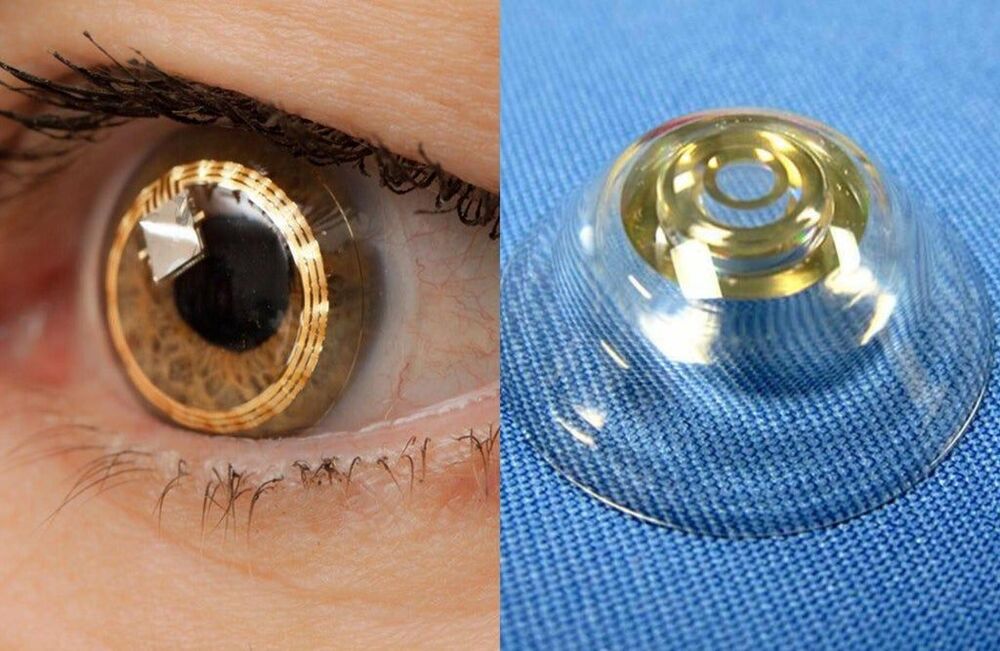By using a conformable electrical interface as an electrical modulating unit and a Venus flytrap as an actuating unit, a biohybrid actuator can be created that is power efficient and responsive, and it can be wirelessly controlled via a smartphone.
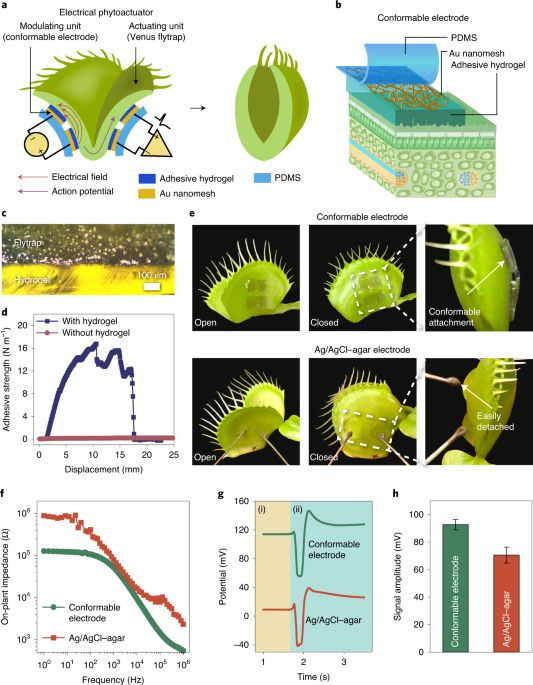


Topic: Current Space Industry Engagement.
Do Subscribe the video.
Welcome!
The debut of “Space Matters-Pillars of the Space Industry” is scheduled to take place this coming Saturday, March 20th at 10:00AM PST.
Greetings Space Lovers! I wanted to personally invite each of you to join us in supporting the world premiere of the awesome new television show “Space Matters”, hosted by Rhonda Stevenson, of Tau Zero Foundation! The show airs this coming Saturday, March 20th @ 10am PST! Please download the e360tv app to view on Roku, IOS, Android, and other live streaming platforms.
Join us as we discuss ‘Forging a Path to Space’. Looking forward to sharing this SPACE with renowned author Rod Pyle, Dr. Andrew Aldrin Director of the Aldrin Family Foundation, and Founder And Director of the International Space University’s Institute for Space Entrepreneurship at FIT, Mr. Grant Anderson of Paragon Space Development Corporation, Mr. Jeff Greason of Electric Sky, Mr. Justin Kugler of Redwire Space and Made In Space! Please share this to all your favorite dreamers.

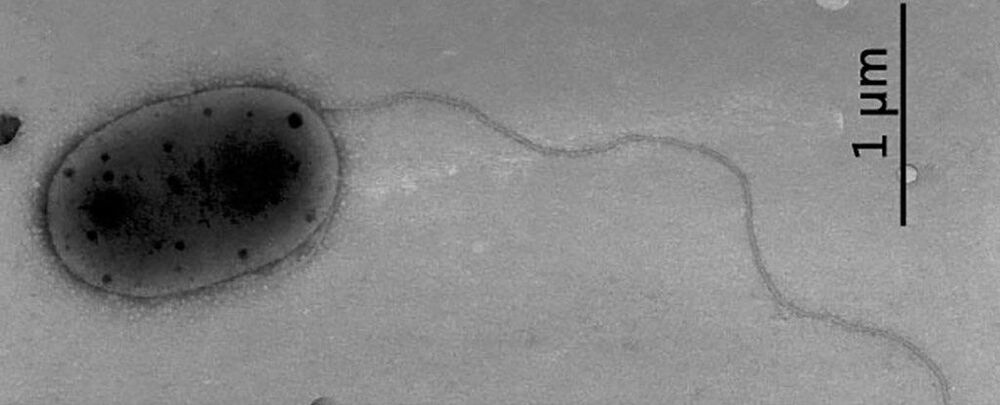
The menagerie of bacterial and fungal species living among us is ever growing — and this is no exception in low-gravity environments, such as the International Space Station (ISS).
Researchers from the United States and India working with NASA have now discovered four strains of bacteria living in different places in the ISS – three of which were, until now, completely unknown to science.
Three of the four strains were isolated back in 2015 and 2016 – one was found on an overhead panel of the ISS research stations, the second was found in the Cupola, the third was found on the surface of the dining table; the fourth was found in an old HEPA filter returned to Earth in 2011.
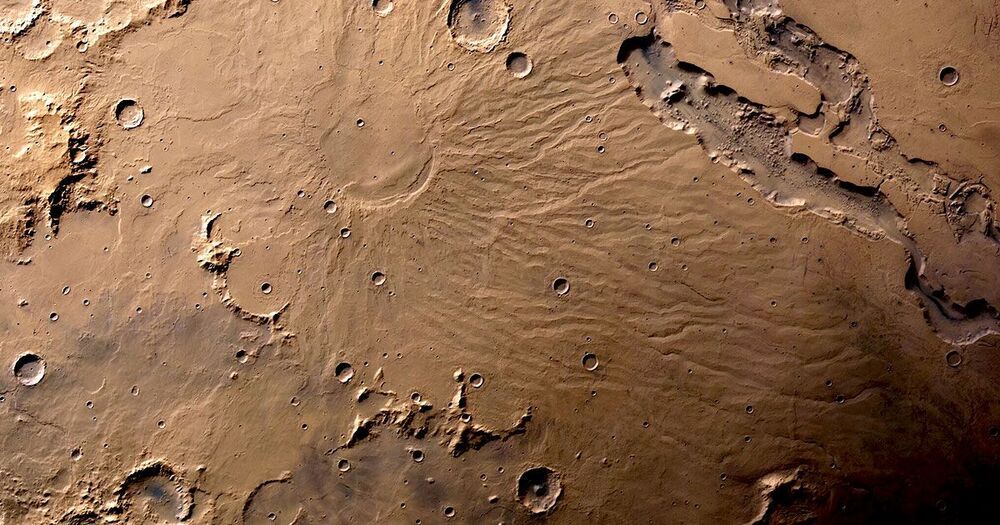
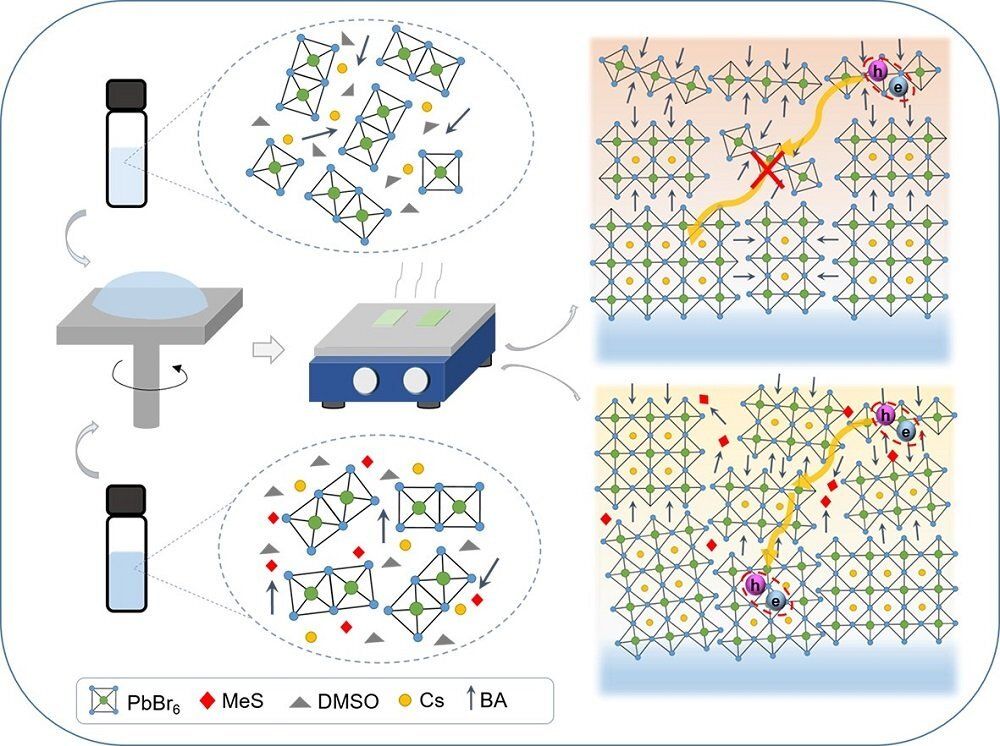
Energy efficient light-emitting diodes (LEDs) have been used in our everyday life for many decades. But the quest for better LEDs, offering both lower costs and brighter colors, has recently drawn scientists to a material called perovskite. A recent joint-research project co-led by the scientist from City University of Hong Kong (CityU) has now developed a 2-D perovskite material for the most efficient LEDs.
From household lighting to mobile phone displays, from pinpoint lighting needed for endoscopy procedures, to light source to grow vegetables in Space, LEDs are everywhere. Yet current high-quality LEDs still need to be processed at high temperatures and using elaborated deposition technologies—which makes their production cost expensive.
Scientists have recently realized that metal halide perovskites —semiconductor materials with the same structure as calcium titanate mineral, but with another elemental composition—are extremely promising candidate for next generation LEDs. These perovskites can be processed into LEDs from solution at room temperature, thus largely reducing their production cost. Yet the electro-luminescence performance of perovskites in LEDs still has a room for improvements.

Catastrophic collapse of materials and structures is the inevitable consequence of a chain reaction of locally confined damage—from solid ceramics that snap after the development of a small crack to metal space trusses that give way after the warping of a single strut.
In a study published this week in Advanced Materials, engineers at the University of California, Irvine and the Georgia Institute of Technology describe the creation of a new class of mechanical metamaterials that delocalize deformations to prevent failure. They did so by turning to tensegrity, a century-old design principle in which isolated rigid bars are integrated into a flexible mesh of tethers to produce very lightweight, self-tensioning truss structures.
Starting with 950 nanometer-diameter members, the team used a sophisticated direct laser writing technique to generate elementary cells sized between 10 and 20 microns. These were built up into eight-unit supercells that could be assembled with others to make a continuous structure. The researchers then conducted computational modeling and laboratory experiments and observed that the constructs exhibited uniquely homogenous deformation behavior free from localized overstress or underuse.
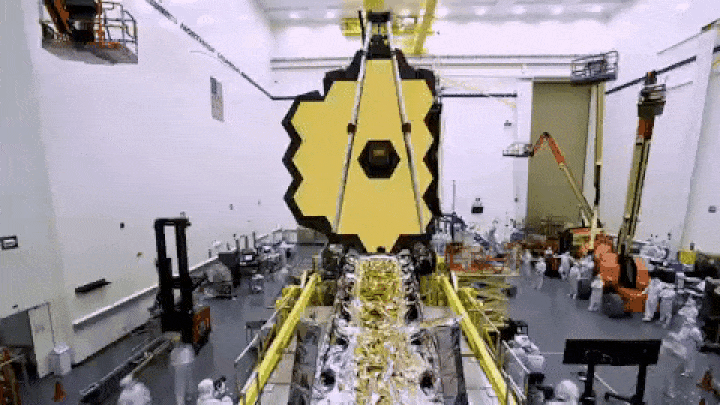
NASA now is targeting Oct. 312021, for the launch of the agency’s James Webb Space Telescope from French Guiana.
Webb is designed to discover and study the first stars and galaxies that formed in the early Universe. To see these faint objects, it must be able to detect things that are ten billion times as faint as the faintest stars visible without a telescope. This is 10 to 100 times fainter than Hubble can see.
The successor to Hubble is almost ready for launch. It’s really coming this year, too!
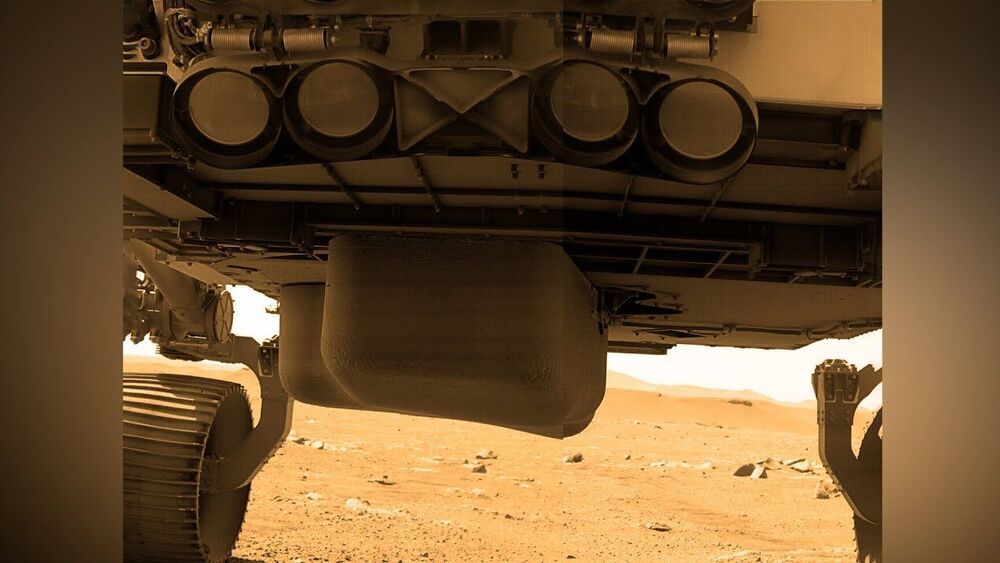
On March 122021 NASA’s Perseverance Rover continues to find safe place to deploy Mars Helicopter Ingenuity and collect Mars Samples. Rover’s latest pics from Mars show Helicopter’s shield attached to bottom of the rover. Perseverance will gather samples from Martian rocks and soil using its drill. The rover will then store the sample cores in tubes on the Martian surface. This entire process is called “sample caching”. Mars 2021 is the first mission to demonstrate sample collection on Mars. It could potentially pave the way for future missions that could collect the samples and return them to Earth for intensive laboratory analysis.
For the first flight, the helicopter will take off a few feet from the ground, hover in the air for about 20 to 30 seconds, and land. That will be a major milestone: the very first powered flight in the extremely thin atmosphere of Mars. After that, the team will attempt additional experimental flights of incrementally farther distance and greater altitude. After the helicopter completes its technology demonstration, Perseverance will continue its scientific mission.
Credit: nasa.gov, NASA/JPL-Caltech.
Source for NASA’s Mars Helicopter page: https://mars.nasa.gov/technology/helicopter/#Deployment.
#mars #perseverance #helicopter
